Introduction
The agitator in a washing machine plays a vital role in effectively cleaning your clothes by creating a back-and-forth motion that moves garments through the water. However, if the agitator is not working properly, it can disrupt the washing process and leave you with unsatisfactory results. In this detailed guide, we will explore various troubleshooting steps to help you restore functionality to a washing machine agitator. From checking power connections to examining components, we will provide specific information and tips to help you identify and resolve issues, allowing your washing machine to agitate as intended.
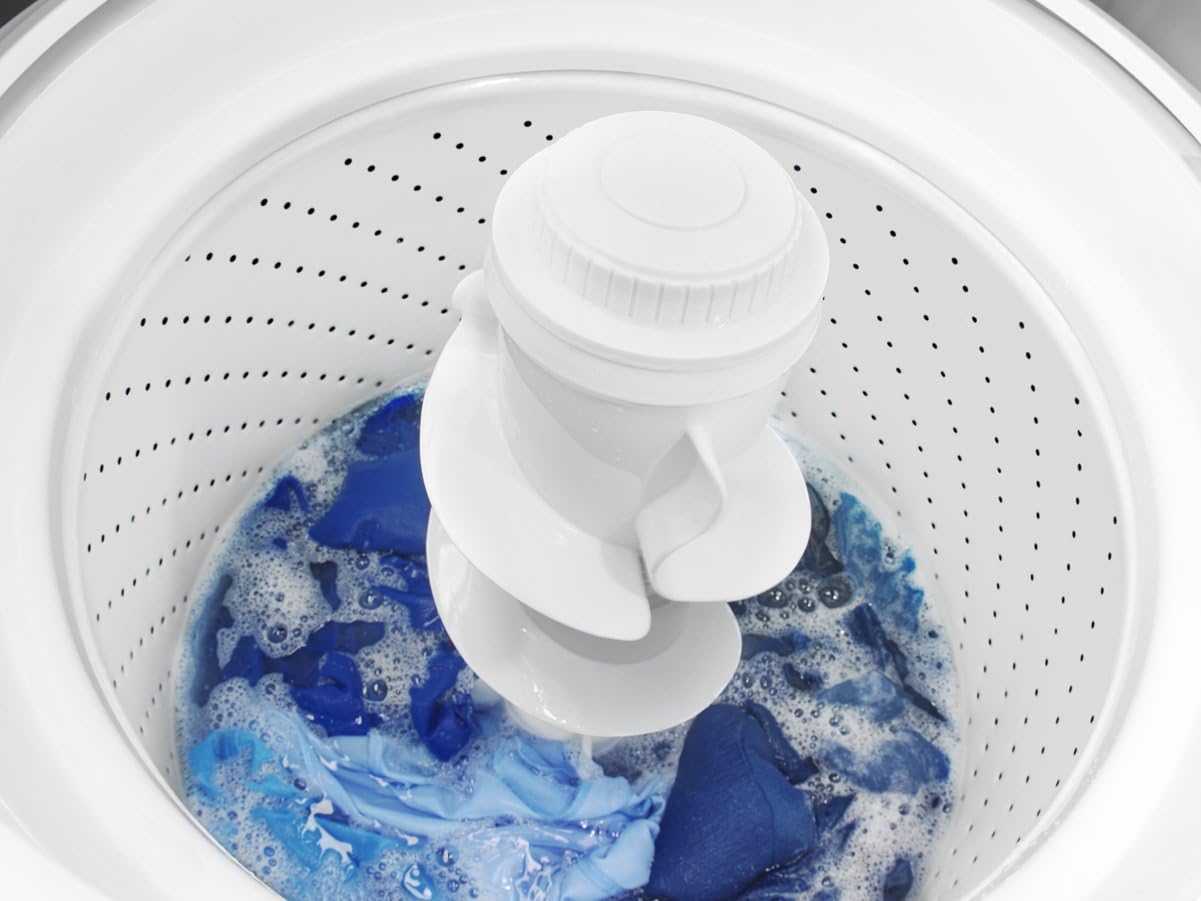
Troubleshooting an Inoperative Washing Machine Agitator: Tips for Restoring Functionality
I. Checking Power and Safety Connections
-
Verifying Power Supply:
- Start troubleshooting by ensuring that the washing machine is properly connected to a functioning power outlet. Check the circuit breaker or fuse box to ensure the circuit hasn’t tripped or blown a fuse. Ensure that the power cord is securely plugged in and hasn’t become loose or damaged.
-
Safety Locks and Door Latches:
- Some washing machines have safety features such as door latches or locks that prevent the agitator from working when the door is open. Inspect the door area to ensure it is properly closed and latched, allowing the agitator to function. If the latch or lock is defective, it may require replacement by a professional technician.
II. Examining the Agitator Components
-
Agitator Dogs or Cogs:
- Agitator dogs, also known as cogs, are small plastic components that allow the agitator to move in one direction while locking in the other. Over time, these cogs can wear out or become stripped, causing the agitator to stop functioning correctly. Remove the agitator cap or fabric softener dispenser and inspect the cogs for any signs of damage or wear. If necessary, replace the agitator dogs with new ones.
-
Agitator Bolt or Agitator Cap:
- Inspect the agitator bolt, located in the center of the agitator, or the agitator cap that covers the bolt. If the bolt is loose or the cap is damaged, it can cause the agitator to malfunction. Use a socket wrench or an appropriate tool to tighten the bolt securely. If the cap is damaged, consider replacing it to ensure a proper connection.
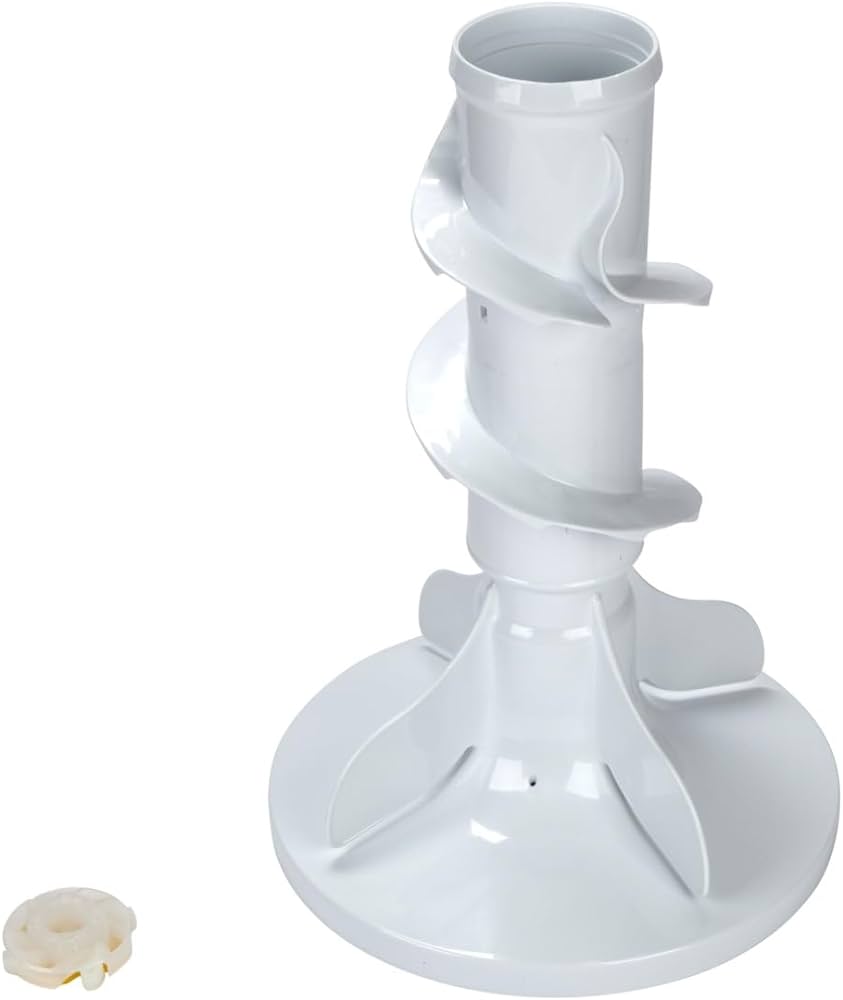
III. Assessing the Drive Belt or Motor Coupling
-
Belt-Driven Washing Machines:
- If your washing machine utilizes a belt to spin the agitator, check the condition of the belt. Worn-out or broken belts can prevent the agitator from moving. Inspect the belt for any signs of damage, such as fraying or stretching. If necessary, replace the belt with a new one according to the manufacturer’s specifications.
-
Direct Drive Washing Machines:
- For direct-drive washing machines without belts, examine the motor coupling. The motor coupling connects the motor to the transmission and allows the agitator to move. If the coupling is worn out or damaged, the agitator may not function properly. Inspect the coupling for any signs of wear, cracks, or breakage. Replace the motor coupling if it is faulty.
IV. Evaluating the Agitator Drive Block or Agitator Shaft
-
Agitator Drive Block:
- In some washing machines, an agitator drive block connects the agitator to the transmission or drive shaft. If the drive block becomes worn or damaged, it can prevent the agitator from moving. Inspect the drive block for any signs of wear or cracking. If necessary, replace the drive block with a suitable replacement part.
-
Agitator Shaft or Splines:
- Examine the agitator shaft, which connects the agitator to the drive mechanism. Over time, the splines on the agitator shaft can wear out or become damaged, resulting in a lack of engagement with the agitator. If the agitator shaft or splines are worn, consider replacing the agitator or the entire agitator assembly as recommended by the manufacturer.
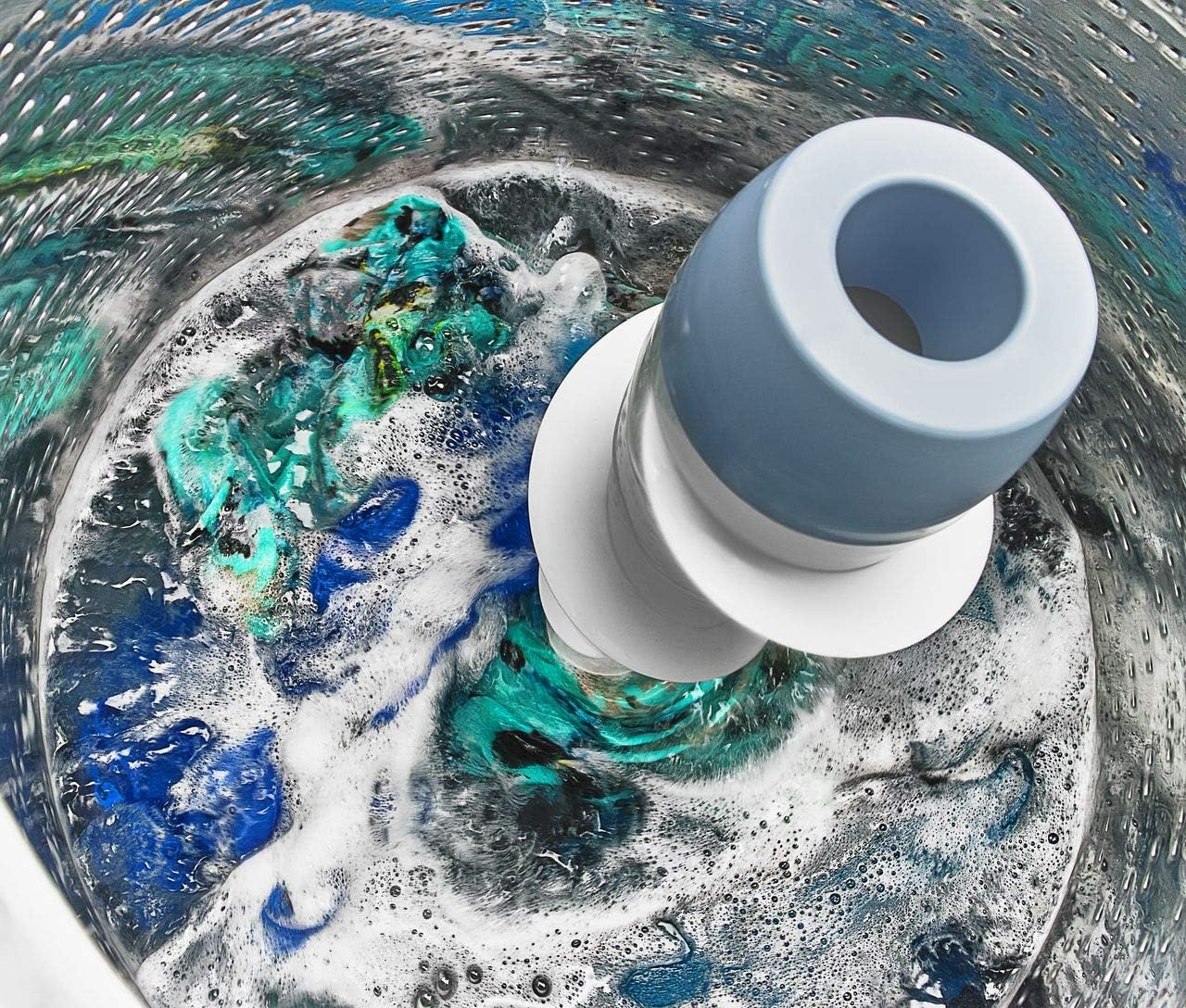
V. Contacting Professional Assistance
-
Seeking Technical Support:
- If you have followed all the troubleshooting steps and the agitator is still not working, it may be best to contact your washer’s manufacturer or a professional technician. They possess the knowledge, experience, and specialized tools to diagnose and repair complex issues accurately.
-
Utilizing Manufacturer Support:
- If your washing machine is still under warranty, it is advisable to reach out to the manufacturer’s customer support. They can provide guidance, assist with troubleshooting, or direct you to authorized service centers for repair or replacement if necessary.
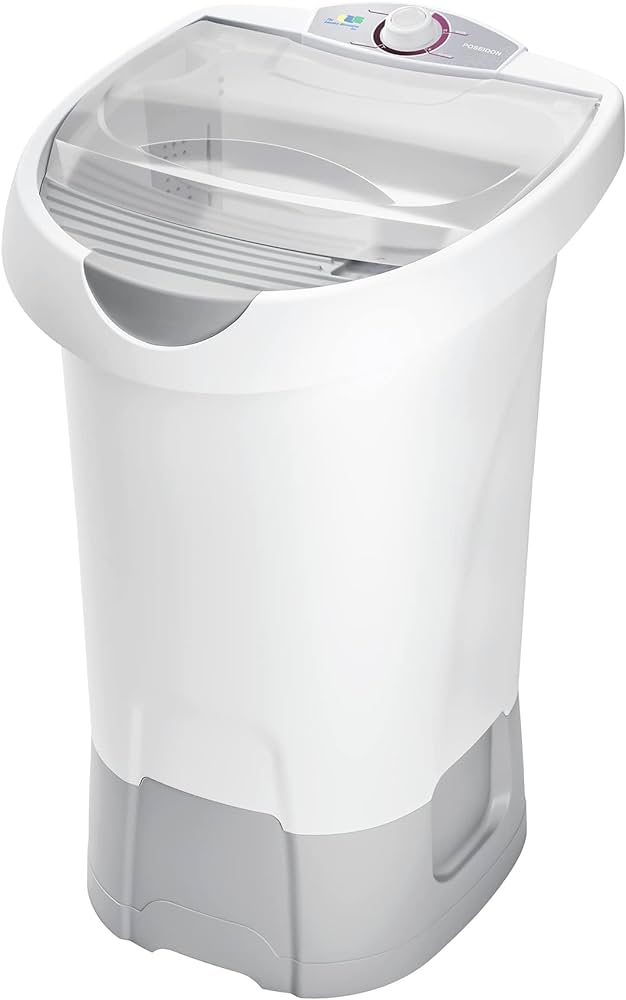
Performing Regular Maintenance for an Operational Agitator
-
Cleaning the Agitator:
- Regularly clean the agitator to prevent the accumulation of dirt, detergent residue, or fabric fibers. Remove loose debris by hand, then wipe down the agitator with a mild detergent or vinegar solution. Use a soft brush to scrub hard-to-reach areas, ensuring all surfaces are clean. Rinse thoroughly and dry before using the washing machine.
-
Inspecting and Cleaning the Agitator Shaft:
- Periodically inspect the agitator shaft for any signs of buildup or debris. If necessary, remove the agitator by gently pulling or twisting it off the shaft. Clean the shaft with a soft cloth or brush, removing any residue or foreign objects. Reattach the agitator securely, ensuring it fits snugly onto the shaft.
-
Checking for Loose Agitator Components:
- Regularly inspect the agitator to ensure all components, such as the agitator cap, fabric softener dispenser, or other attachments, are securely in place. Loose parts can interfere with the agitator’s movement and may need to be tightened or replaced to maintain optimal functionality.
-
Preventing Overloading or Imbalanced Loads:
- Overloading the washing machine with excessive laundry or unevenly distributed loads can strain the agitator and decrease its efficiency. Follow the manufacturer’s recommended load capacity guidelines to prevent overloading and strive for a balanced load distribution to ensure smooth agitator operation.
Upgrading to a High-Efficiency Washing Machine
-
Exploring High-Efficiency Models:
- If your current washing machine agitator consistently fails to function properly or you desire enhanced cleaning performance, consider upgrading to a high-efficiency washing machine. These models employ alternative washing mechanisms, such as impellers or wash plates, which provide efficient and effective cleaning without a traditional agitator.
-
Benefits of High-Efficiency Machines:
- High-efficiency washing machines not only offer superior cleaning performance but also provide advantages such as reduced water consumption, energy efficiency, and gentler handling of clothes. Additionally, without an agitator, these machines can accommodate larger loads and are less likely to cause tangling or damage to delicate garments.
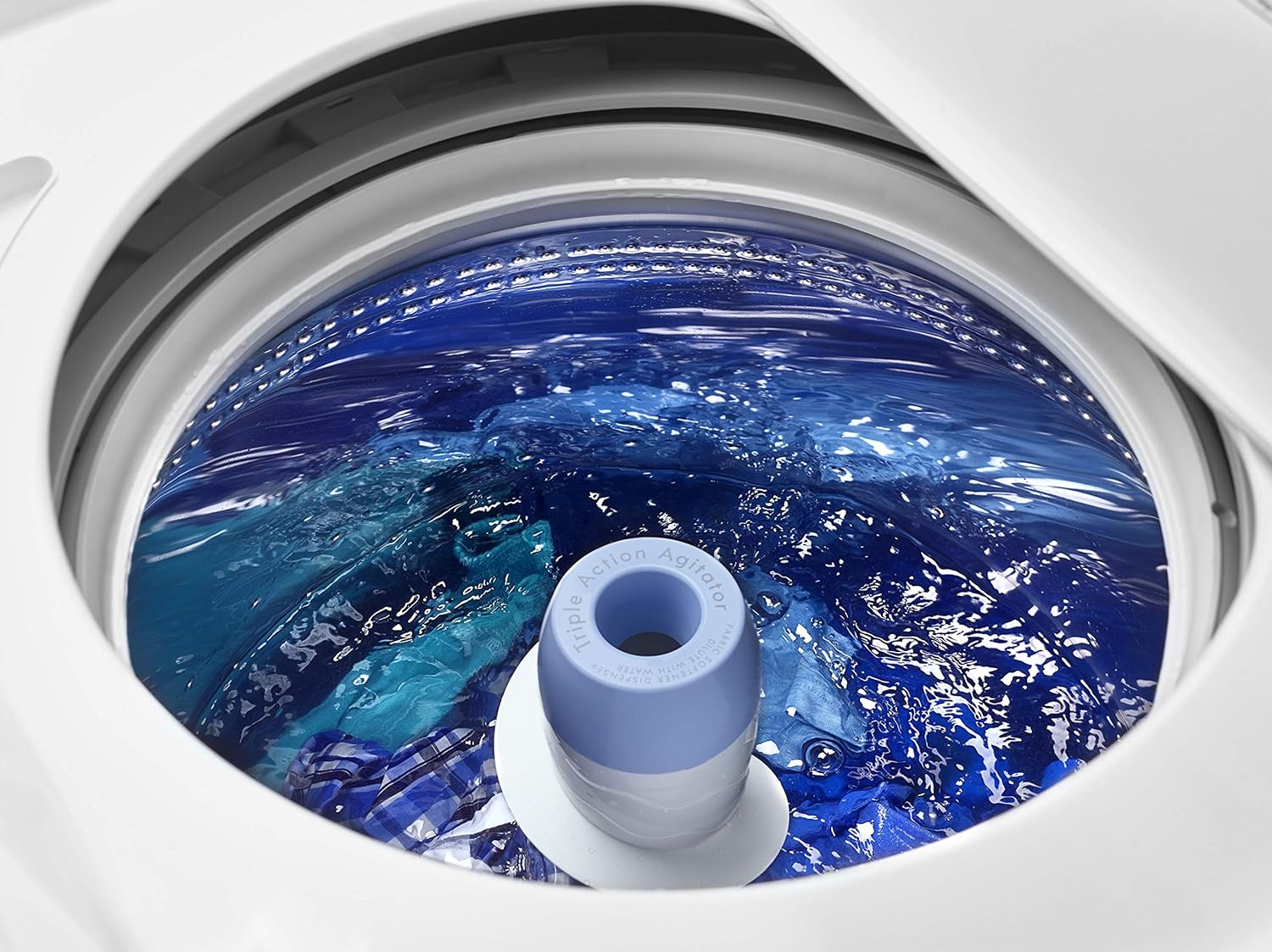
VI. Conclusion: Restoring Functionality to Your Washing Machine Agitator
A malfunctioning washing machine agitator can disrupt your laundry routine and prevent your clothes from getting thoroughly cleaned. By following these troubleshooting steps, you can identify and resolve common issues that may cause the agitator to stop working.
Remember to exercise caution and refer to the manufacturer’s guidelines throughout the troubleshooting process.
By addressing the underlying causes of an inoperative agitator, you can restore the functionality of your washing machine and enjoy efficient and effective cleaning results once again.

